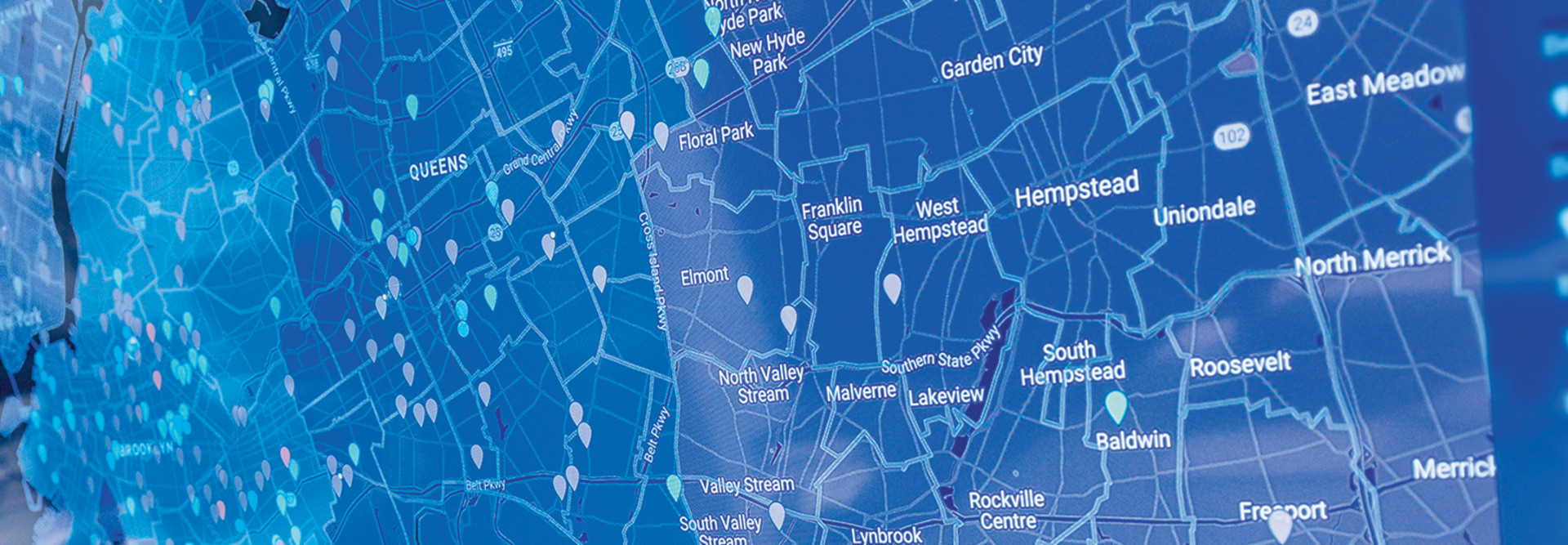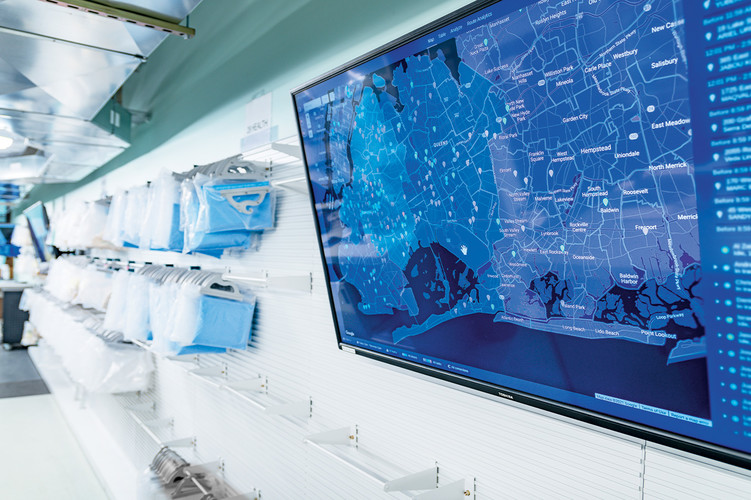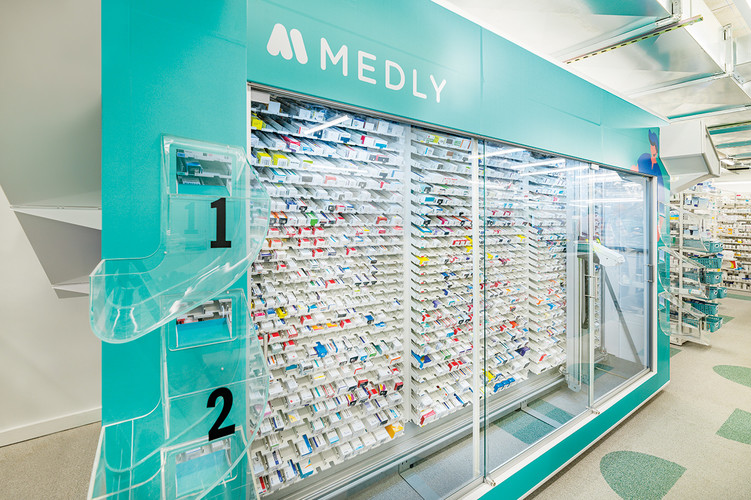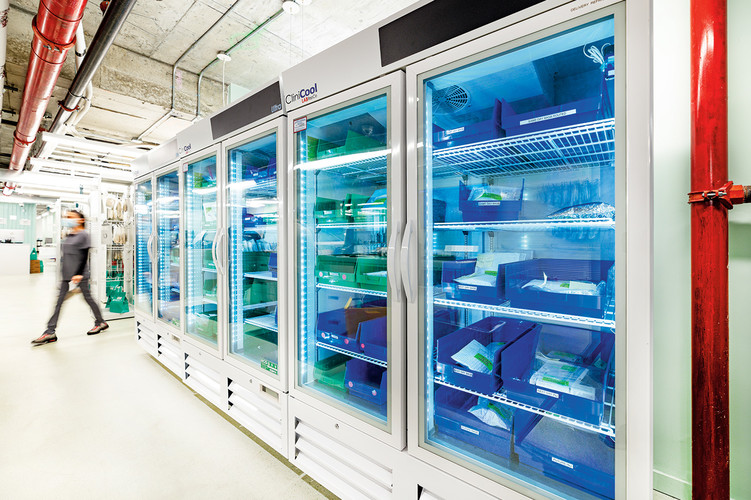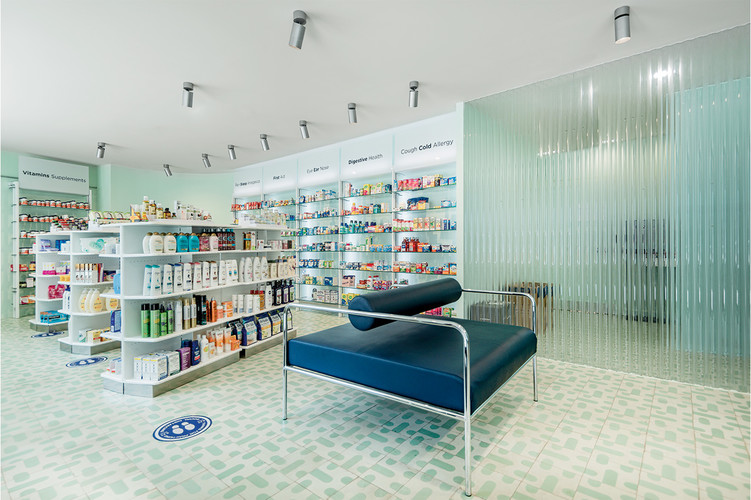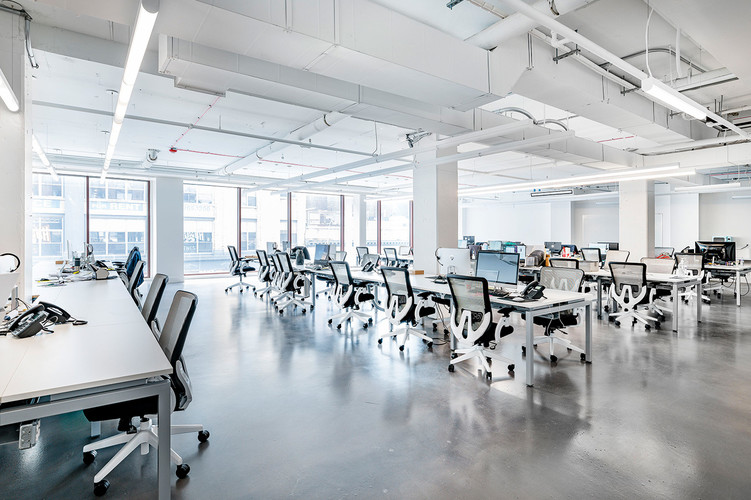Employee mobile technology, such as handheld inventory management and other solutions, has been a hot investment area in recent years, Duke says.
Office Depot outfitted its stores with Zebra TC51 mobile computing devices in 2019 as part of a multiyear effort to automate processes and reduce the time spent on noncustomer activities, according to Jonas Stillman, the company’s director of store operations. Like all of its in-store hardware, ranging from its networking equipment to the Windows-based PC computer workstations in stores, Office Depot configures its Zebra devices centrally and manages them remotely via its data center.
Instead of restocking shelves after manually examining what’s recently been purchased, a custom application on the devices now provides an automated list of items, which are tied to a location in the stockroom so employees know exactly where to find them.
“Because we’ve streamlined that process, we were able to eliminate half the time it took stores to restock the shelves on a daily basis,” Stillman says. “That was a big, big win for us in the early days when we launched the device. We knew that was our biggest gap we had to fill from a process excellence/task reduction standpoint.”
“The store associate can search for the feature you’re looking for on a printer, for example, and it returns what’s in-store or available for delivery, if it’s not carried in-store,” Stillman says. “One of the most common questions associates get from customers is, ‘What is the difference between printer X and Y?’ They can scan two items with the application, and it shows how the items are different or similar.”
MORE FROM BIZTECH: The biggest lessons we learned at NRF 2021.
Deploying Solutions With an Identical Setup
Over the past 12 years, Tops Markets has increased its total grocery store locations in New York, Pennsylvania and Vermont to more than 160 through various acquisitions. Instituting Tops’ technology systems in new locations is a standard part of the company’s transition strategy, says Mike Metz, vice president of IT.
“That’s actually been our go-to-market strategy, to be consistent from day one,” Metz says. “All stores are pretty much carbon copies of each other. The only thing that varies is the physical size of the store and whether we’re going to put 15 registers in a store or 10.”
To help equip its new stores, Tops Markets works with a third party to configure and ship hardware to new locations. The approach has allowed Tops to standardize the store opening process, Metz says: “We could almost open a store in our sleep now, because everybody understands exactly what they’re doing and nothing has changed from the last store we opened.”
Tops’ point-of-sale system is run by IBM controllers. Customers can tap their phones and check out with Apple, Google or Samsung Pay, something many appreciated during the pandemic, Metz says, because it made touchless payment possible.
Tops’ uniform approach to technology has also helped facilitate the company’s tech maintenance efforts, Metz says.
“Having consistency reduces cost, because our inventory of spare parts is the same; we don’t have to have inventory for multiple platforms,” he says. “It’s financially an advantage because you’re supporting a large number of items, and typically vendors will work with you on volume discounts.”
Central Configuration Enables Mobile Work
The devices are generally configured in an identical way; the only thing a store location can do is change the volume settings, brighten the screens or reset the devices if there are issues with them, Stillman says. Software updates are distributed centrally via VMware’s AirWatch enterprise mobile device management solution.
REGISTER: Dive deeper into tools like mobile device management every week in the CDW Tech Talk series. Click the banner below to register.



